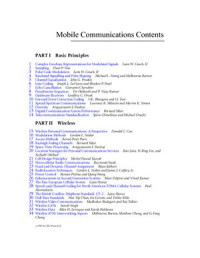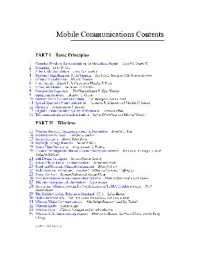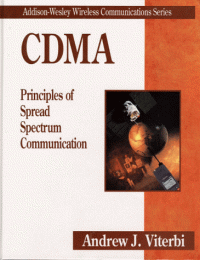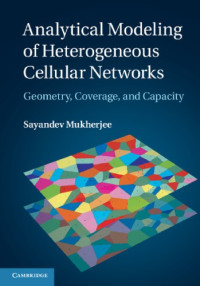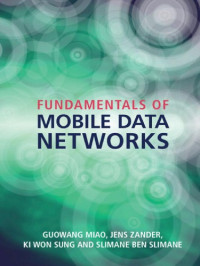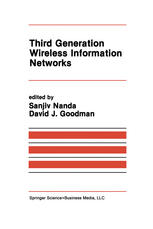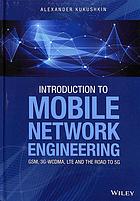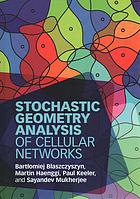
Stochastic geometry analysis of cellular networks
Bartłomiej Błaszczyszyn, Martin Haenggi, Paul Keeler, Sayandev Mukherjee
Achieve faster and more efficient network design and optimization with this comprehensive guide. Some of the most prominent researchers in the field explain the very latest analytic techniques and results from stochastic geometry for modelling the signal-to-interference-plus-noise ratio (SINR) distribution in heterogeneous cellular networks. This book will help readers to understand the effects of combining different system deployment parameters on key performance indicators such as coverage and capacity, enabling the efficient allocation of simulation resources. In addition to covering results for network models based on the Poisson point process, this book presents recent results for when non-Poisson base station configurations appear Poisson, due to random propagation effects such as fading and shadowing, as well as non-Poisson models for base station configurations, with a focus on determinantal point processes and tractable approximation methods. Theoretical results are illustrated with practical Long-Term Evolution (LTE) applications and compared with real-world deployment results
Abstract: Achieve faster, more efficient network design and optimization with this comprehensive guide. Presenting the latest analytic methods and results from stochastic geometry for understanding the behaviour of heterogeneous cellular networks, and including practical Long-Term Evolution (LTE) applications, it is ideal for engineers who design wireless communication networks.
Abstract: Achieve faster, more efficient network design and optimization with this comprehensive guide. Presenting the latest analytic methods and results from stochastic geometry for understanding the behaviour of heterogeneous cellular networks, and including practical Long-Term Evolution (LTE) applications, it is ideal for engineers who design wireless communication networks.
Categories:
Year:
2018
Publisher:
Cambridge University Press
Language:
english
Pages:
192
ISBN 10:
1316677338
ISBN 13:
9781316677339
File:
PDF, 2.61 MB
IPFS:
,
english, 2018
 Amazon
Amazon  Barnes & Noble
Barnes & Noble  Bookshop.org
Bookshop.org  File converter
File converter More search results
More search results More benefits
More benefits 







![Zeng, Yong; Guvenc, Ismail; Zhang, Rui [Zeng, Yong] — UAV Communications for 5G and Beyond](https://s3proxy.cdn-zlib.se/covers200/collections/userbooks/3e5cc2d3f75dffef5da2244e0f91af11150cf5fa597c054a8c0d79094117a9f3.jpg)
